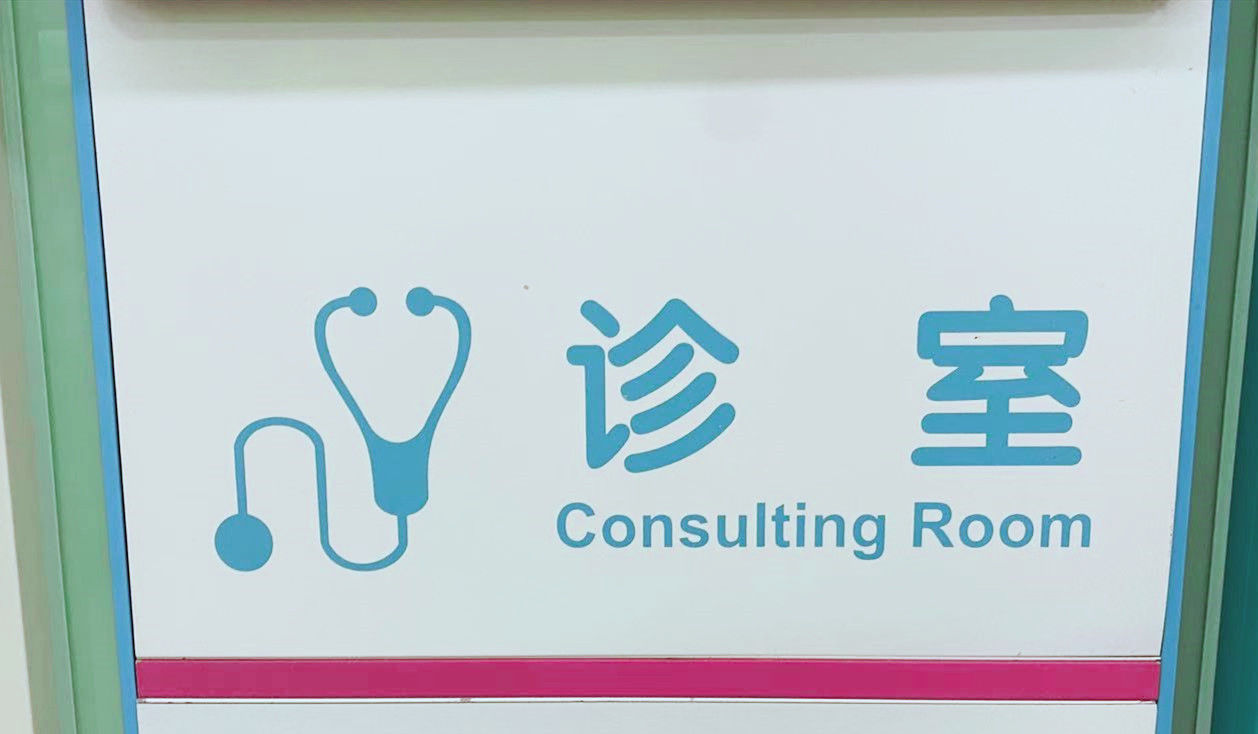
Ms. Zheng, 29, Fuzhou, Fujian
I never imagined that she was so young
Sudden cerebral infarction
And it is the most dangerous type of stroke (brain stroke)
At the same time
She also suffers from severe
pulmonary embolism and lower extremity deep vein thrombosis
It can be described as “everything can be fatal”
< p>Doctor’s analysis
Ms. Zheng has PROC gene mutation
The risk of long-term thrombosis is higher than the average person
In addition to long-term oral contraceptives
Cerebral infarction caused by multiple factors
Sudden and most severe cerebral infarction
Woman has been through “Ghost Gate”
Recently
p>
Ms. Zheng suddenly became unconscious and weak in her limbs
After going to the hospital for a CT scan of the brain
It was found to be “cerebral infarction”
Transferred to the Second People’s Hospital of Fujian Province
Due to her critical condition
Stroke Center of the Second People’s Hospital of Fujian Province
Open a green channel for Ms. Zheng throughout the journey
< p>After rapid evaluation
she was diagnosed with the most dangerous type of stroke
—basilar tip syndrome
if not actively treated
p>
The mortality rate can reach 30%~50%
At the same time,
she also suffered from severe pulmonary embolism and deep veins in the lower extremities. Thrombosis
meaning
her deep veins of both legs, pulmonary artery
and cerebral basilar artery
are all blocked thrombus

The neurointerventional team of the Second Provincial People’s Hospital raced against time, and urgently sent Ms. Zheng to the catheterization room to her A catheter was placed in the blood vessel at the root of the thigh on one side, a passage was established, and a “brain basilar artery thrombectomy” was performed, and the recanalization and reflow of the basilar artery was completed in only 10 minutes. After the operation, Ms. Zheng’s state of consciousness and limb muscle strength improved quickly.
Then, the Peripheral Vascular Intervention Team of the Second Provincial People’s Hospital performed inferior vena cava filter placement for Ms. Zheng to avoid serious consequences such as pulmonary embolism and cerebral embolism caused by the thrombus in the leg falling off again.
Treatment of cerebral infarction
It is best not to exceed the “golden time window” within 4.5 hours after the onset of the disease
Otherwise< /p>
The peripheral brain cells and nerves of the infarcted blood vessel will be massively necrotic
the treatment effect will be greatly reduced
fortunately
Ms. Zheng was treated in a timely manner
so the prognosis is good
but she still needs to receive
long-term rehabilitation training after discharge
long-term Oral estrogen contraceptives
increased risk of stroke
Young age
How can so many blood clots develop?
Ms. Zheng, who escaped from the “Ghost Gate”, has lingering fears
Lin Min, director of the Department of Neurology of the Second Provincial People’s Hospital, further examined and found that Ms. Zheng has a PROC gene mutation and the risk of developing thrombosis is higher than the average person . At the same time, her heart suffered from a patent foramen ovale, which provided access for blood clots in the leg veins to the cerebral arteries.
Lin Min asked about the medical history and learned that in the past two months, Ms. Zheng had irregular menstruation and took estrogen contraceptives every day to regulate menstruation.
“Long-term oral estrogen contraceptives are a major risk factor for stroke in women.” Lin Min introduced that oral estrogen contraceptives can make human blood clot It increases sexuality, changes the structure of blood vessel walls, and can induce metabolic disorders and hypertension. In 2014, the American Heart Association and the American Stroke Association released the “Stroke Prevention Guidelines for Women”, which showed that women who took long-term oral estrogen contraceptives had a four-fold higher risk of stroke than women who did not take them.
Lin Min reminds
In addition to being used for contraception by the audience, oral contraceptives are also widely used clinically for polycystic ovary syndrome, post-abortion, and exogenous Estrogen level conditioning treatment for some gynecological diseases or female endocrine diseases such as estrogen supplementation.
These patients need to be especially vigilant if they are taking oral estrogen contraceptives for a long time. Once you find mild chest pain and other discomfort, it is best to go to the hospital to draw blood to check the “coagulation function” and “D-dimer” to see the degree of blood hypercoagulation. If necessary, you can temporarily stop or reduce the drug according to the doctor’s advice.
According to 2017 European Expert Consensus
Contraceptive products are classified according to stroke risk
☞ high-risk products (combined oral hormonal contraception containing >35μg ethinylestradiol) Drugs)
☞Moderate-risk products (combined oral hormonal contraceptives, combined contraceptive patches and combined vaginal rings containing ≤35μg ethinylestradiol)
☞No-risk products (only containing ethinylestradiol) Progestin-based contraceptives, including oral contraceptives, subcutaneous implants, long-acting injections, and levonorgestrel-releasing intrauterine systems)
for patients with thrombosis-related gene defects
History of migraine or other risk factors
(smoking, hypertension, obesity, previous cardiovascular disease
previous history of deep vein thrombosis or pulmonary embolism)< /p>
Female patients
recommended to use non-hormonal contraceptives
(condoms, copper IUDs, permanent contraceptives)
or progestin contraceptive products
(oral contraceptives, subcutaneous implants
long-acting injections, and levonorgestrel-releasing intrauterine systems)
As a priority
Source: Fuzhou Evening News reporter Zhu Danhua correspondent Lin Sheng Wu Shijun